France is famous for its vast vineyards, fabulous museums, Napoleon Bonaparte and the French Revolutions, besides so many other things. Having served as the battleground for many of Europe’s medieval wars, its home to the most picturesque castles in all of Europe.
These magnificent pieces of architecture served various purposes over the centuries, sometimes serving as abode for the noble families, while at others, they served as fortifications against the invading forces.
Whatever their purposes, castles have always been a major tourist attraction, and why not! They are the embodiments of architectural perfection, while the exteriors evoke awe and admiration, the interiors leave an onlooker bedazzled.
Their vast courtyards and perfectly manicured gardens lend them a dreamy aura. Here are the most spectacular castles in France, visiting all of which is a once in a lifetime experience.
List of 14 most beautiful Castles in France:
- Mont Saint-Michel
- Château de Chambord
- Palace of Versailles
- Carcassonne
- Château de Chenonceau
- Château de Roquetaillade
- Château d’Angers
- Palace of Fontainebleau
- Fort de Joux
- Montrésor
- Vaux-le-Vicomte
- Château du Haut-Kœnigsbourg
- Château de Chantilly
- Château de Bonaguil
1. Mont Saint-Michel

Mont Saint-Michel is one of the most magnificent structures in all of Europe, and resembles a city by itself. This castle, which is also an island commune, is one of France’s most distinguished landmarks, and is a part of the UNESCO list of World Heritage Sites, with more than 3 million people visiting it every year.
This incredible structure was constructed during the 8th century and is located on a rocky island off the north coast of France in Normandy. What makes it different from the other castles is the fact that, being an island, its located just 600m from the land, which makes it easily accessible on low tide. This also worked to its advantage during a high tide in past times, when an attacking army would be stranded or drowned, thus acting as its defense.
2. Château de Chambord
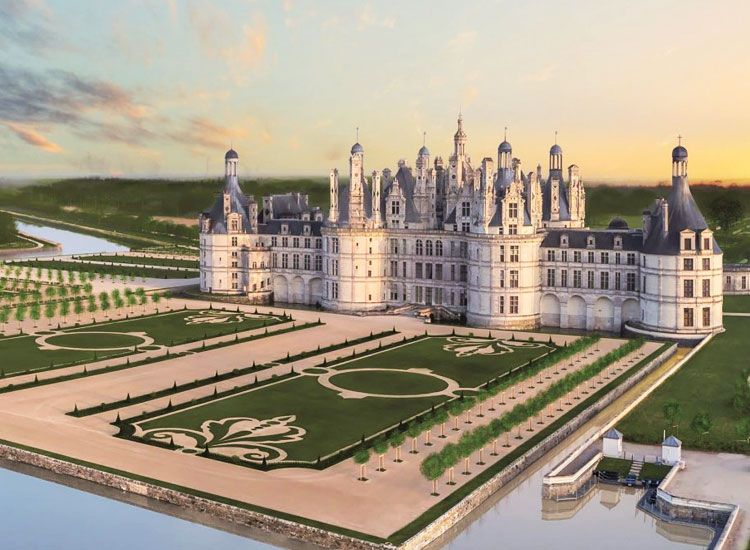
One of the most beautiful castles in France is Château de Chambord. Built in the 16th century during the glorious reign of the monarch Francis I, with almost three decades taken for its completion, this building was abandoned and neglected after the French Revolution.
It is a UNESCO World Heritage Site and is ranked amongst the most internationally recognizable château in the world, primarily due to its Renaissance architecture.
This marvelous piece of architecture dating back to the Renaissance period, is considered to be one of the largest château in the Loire Valley. It was built for King Francis I to serve as a hunting lodge so that he could be closer to his mistress.
Check out the best time to visit Paris.
3. Palace of Versailles
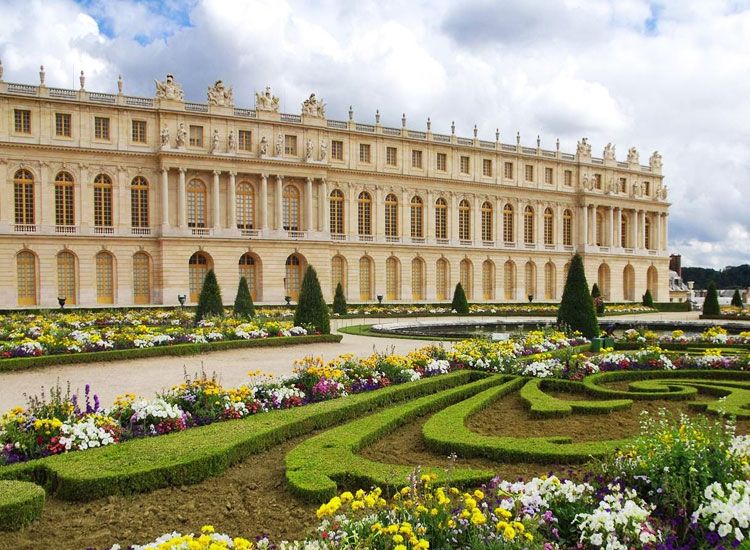
The Palace of Versailles has been a witness to several important world events in history. Having served as a hunting lodge initially, it was transformed into the seat of power for the French monarchy during the reign of Louis XIV.
The Hall of Mirrors, situated at the very heart of the palace, was the historical site where both the Franco-Prussian War (1870-1) and the First World War (1914-18) were formally concluded. The successor of the king, however, expanded the palace to a château, with the aim of fulfilling his desire of establishing a new center for the royal court.
Also Read: Best Places to Visit in Paris to Turn Your Dreams into Reality
4. Carcassonne

There are many castles to visit in France, and Carcasonne is one of them. A UNESCO World Heritage Site, it is actually a fortified city which was first built by the Romans around 100 BC, before being fully restored in 1853. The top of the fort offers beautiful views.
Situated on a hilltop, this grand edifice played a major role in the Albigensian Crusade in the early thirteenth century. It remained neglected for a long time due to the long lasting peace between France and Spain, before being restored to its former glory in the 19th century by Viollet-le-Duc. A special attraction here is the medieval jousting displays which take place twice a day.
5. Château de Chenonceau
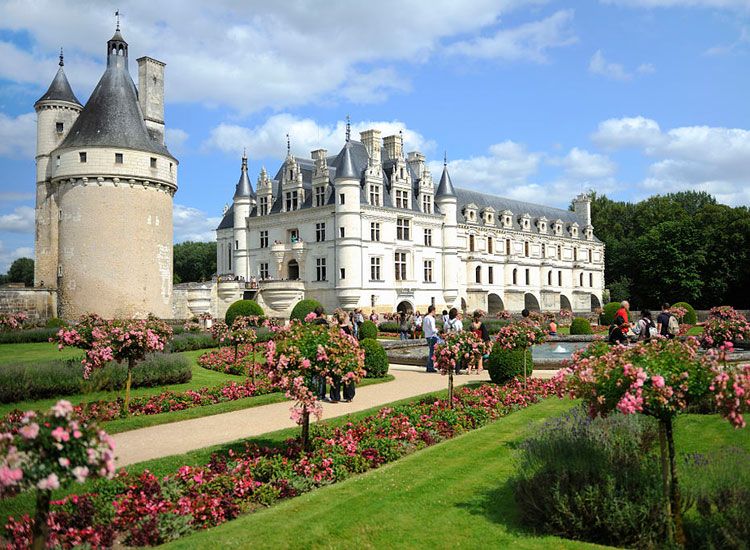
It’s said that Château de Chenonceau, built on the River Cher during the 11th century, rotated through many hands before being given to the mistress of King Henry II, Diane de Poitiers. It was she who commissioned the building of the bridge that draws as much admiration as the castle.
The château is a testament to the enlightened way of life through its fabulous exteriors and interiors. Its hardly surprising then, that, this is the second most visited château after Versailles. Apart from its settings, which make it unique, it has been associated with various historical personalities.
[Also Read 20 Most Interesting Things to Do in Paris.]
6. Château de Roquetaillade
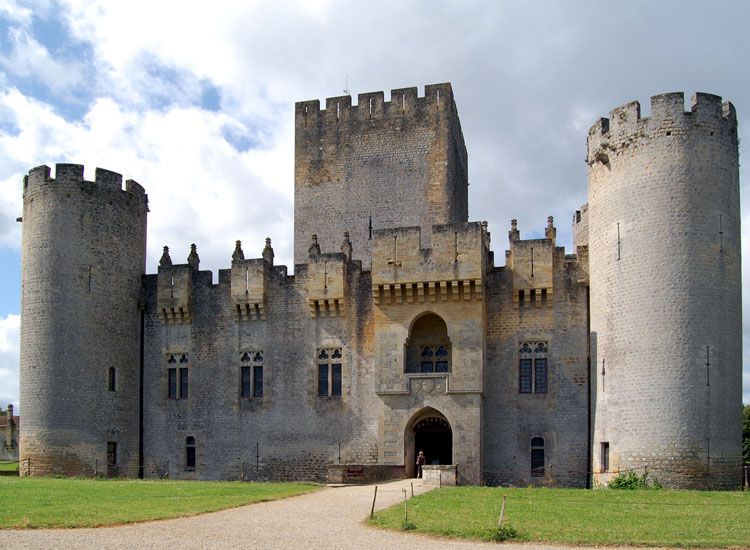
Château de Roquetaillade traces its history to over 12,00yrs ago, when its initial fortifications were laid down by Charlemagne the Great. The legendary Gothic revivalist, Eugene Viollet-le-Duc restored the castle to its former glory during the 19th century. It has been opened to the general public ever since 1956.
An interesting fact of this castle is that it has been the home of the royal family for over 700yrs, who have not shown any desire to move anywhere else.
[Take a look at our exclusive France tour package.]
7. Château d’Angers

When it comes to the most popular castles in France, Château d’Angers occupies a prominent position. Located in the city of Algiers within the iconic Loire Valley, this castle was founded over a millennium ago by the Counts of Anjou and contains an extraordinary display of medieval art known as the Apocalypse Tapestry.
This amazing set of tapestries, produced in the late 1300’s, shows the Apocalypse as described in the Book of Revelation. They are considered to be among the most important collections of French art dating from before the Renaissance period.
Although the exterior, with its 17duotone towers made with layers of schist and limestone, betrays no signs of sophistication, the gigantic inner wards, with their interior gardens, tell a completely different story.
8. Palace of Fontainebleau

Located to the Southeast of Paris, the Palace of Fontainebleau served as the royal abode for French kings and emperors for more than seven hundred years. A UNESCO World Heritage Site, it was used as a residence by kings of France continuously from the 12th century until the end of the monarchy after the abdication of Napoleon III at the end of the 19th century.
Surrounded by a dense forest, this fabulous palace consists of more than 1,500 rooms and offer an elaborative insight into the culture and history of the region. What is interesting is that every new emperor made a new addition to the existing structure.
9. Fort de Joux

Fort de Joux traces its history to the 11th century, and witnessed little action in its early years. Constructed out of wood in the 11th century, this elegant and beautiful complex was expanded into a border fort in 1454.
In its later years, it functioned as a prison between the 17th and 19th centuries, with its most notable inmate being Toussaint Louverture, leader of the Haitian Revolution. It now houses an impressive amount of arms ad contains many rare and unique instruments of war.
Check out our tastefully crafted Paris tour packages here.
10. Montrésor

Montrésor is a luxurious Renaissance mansion built upon the foundations of a medieval fortress on the right bank of the Indrois River. However, it gradually fell into decline after the turmoil of the French revolution.
In the 19th century, it was purchased by a Polish noble family and thereby went through an extensive renovation which restored it to its former glory and eventually encouraged the French government to designate the castle as monument historique, or, a national heritage site.
11. Vaux-le-Vicomte
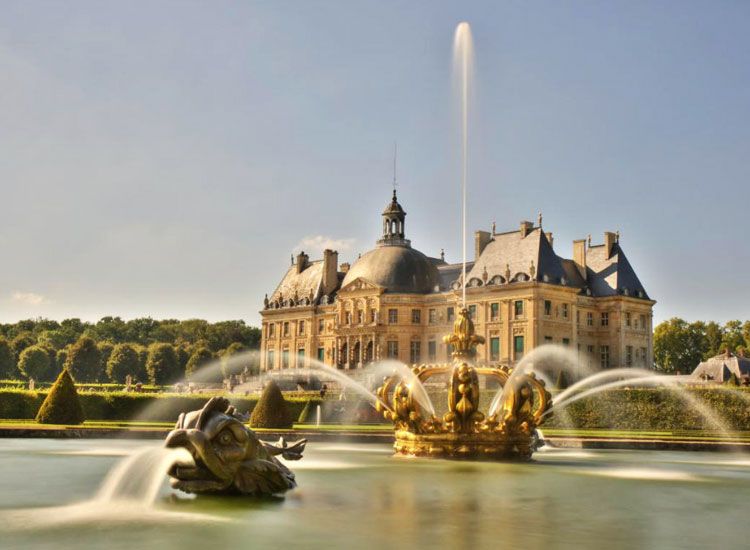
Located to the Southeast of Paris, Vaux-le-Vicomte is a baroque French château considered to be an incredible piece of architecture dating back to mid-17th century Europe. Built in the “Louis XIV style of architecture”, its most notable for its interior and landscape design. Its interiors are lavishly decorated with amazingly gilded walls, statues, tapestries and the finest furnishings one will ever come across.
Its gardens too, arouse a lot of curiosity and draw admiration. This is because they contain an interesting optical illusion that distorts the distance, depending upon the distance from where one views it.
A special attraction is the Friday and Saturday Night candlelight visits where the house is illuminated by over two thousand candles while you drink champagne and listen to live classical music played from the garden.
Get the best deals on our Paris honeymoon packages here.
12. Château du Haut-Kœnigsbourg

Château du Haut-Kœnigsbourg is one of the most popular castles in France, and receives around 6,00,000 tourists every year. Built in the 12th century, it occupies a strategic position. During the Thirty Years’ War, it was reduced to ruins by the Swedes and abandoned thereafter.
This marvelous castles reflects the style of architecture of the middle ages. The interiors consist of beautifully refined rooms which are decorated with mural paintings, Renaissance style furniture and enormous cast-iron stoves. An impressive collection of weaponry from the Middle Ages in the basement with crossbows, swords and armor can be found.
13. Château de Chantilly
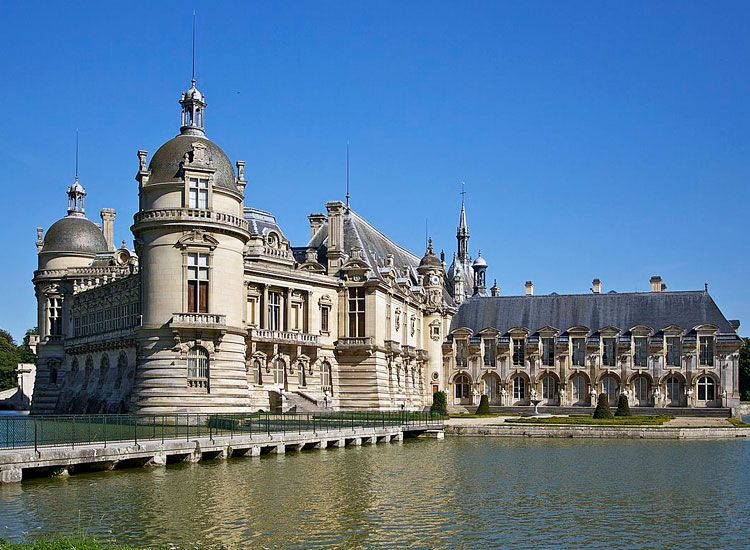
Located in the town of Chantilly, Paris is the historic château, Château de Chantilly. This château consists of two attached buildings – the Petit Château built around 1560 for Anne de Montmorency, and the Grand Château, which was destroyed during the French Revolution and rebuilt in the 1870s.
Originally built in 1528-1531 for the Constable Anne de Montmorency by Pierre Chambiges, it’s associated with several interesting aspects of history. Every two years, the château hosts a spectacular fireworks competition called the Nuits de Feu. It attracts visitors from around the world.
14. Château de Bonaguil

Château de Bonaguil is as fabulous a castle as any one would ever come across. It’s said that the castle was hugely reinforced to defend a hunchback tyrant called Brengon from an enemy that didn’t exist. It was later sold in the 18th century for 100 francs and a sack of walnuts.
There is a lot to explore inside this castle, with one instance being the medieval-era graffiti uncovered during restorative works. During the summer evenings, the exteriors of the castle is illuminated to lend a further dimension to its attractiveness.

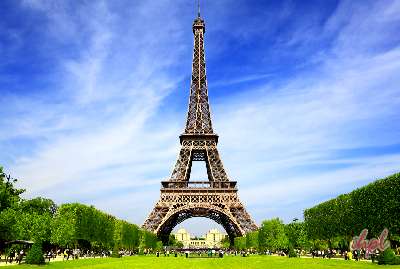 Paris With Disneyland Tour
Paris With Disneyland Tour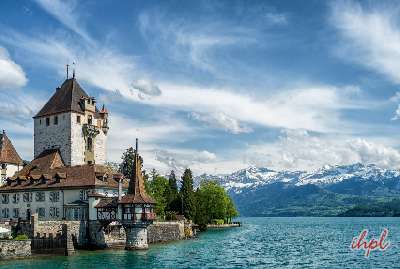 Switzerland and Paris Tour
Switzerland and Paris Tour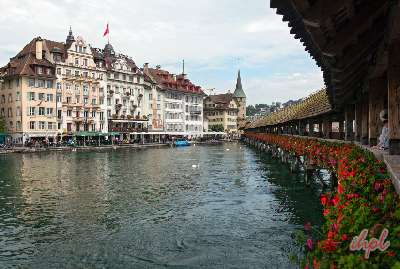 Switzerland & Paris Group Tour
Switzerland & Paris Group Tour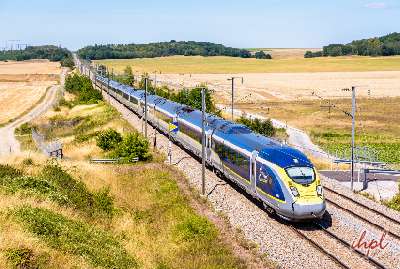 Tours to London and Paris
Tours to London and Paris


Thanks for the wonderful manual
Hi Isabelle,
Thank you for your kind words.